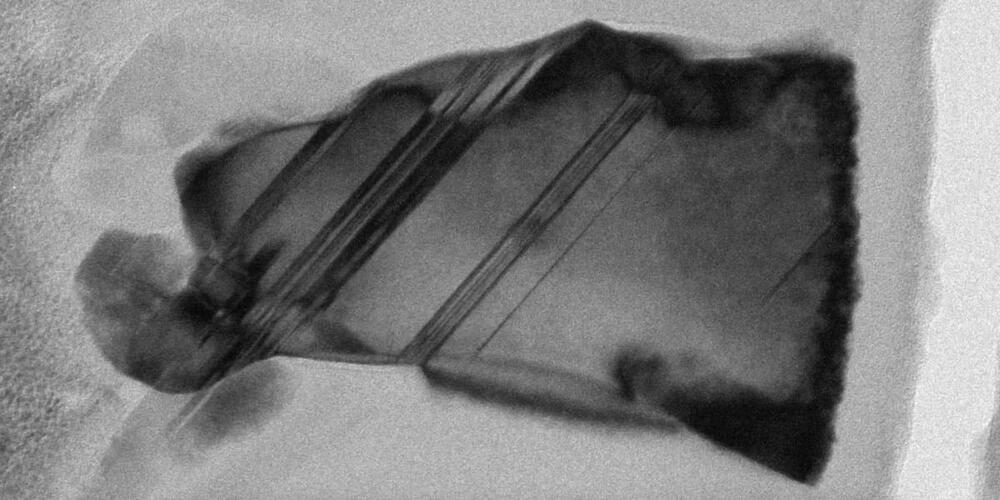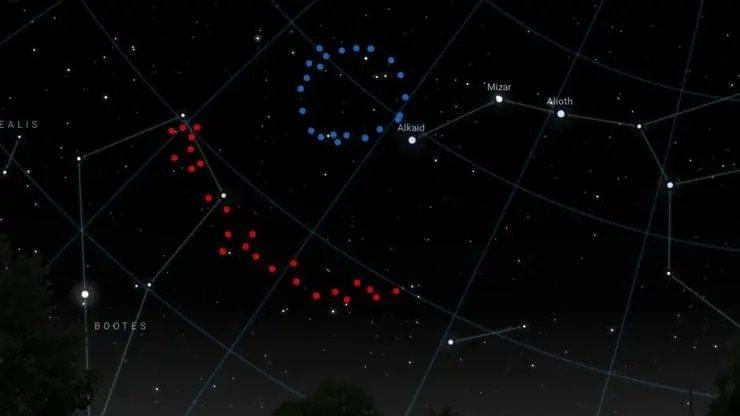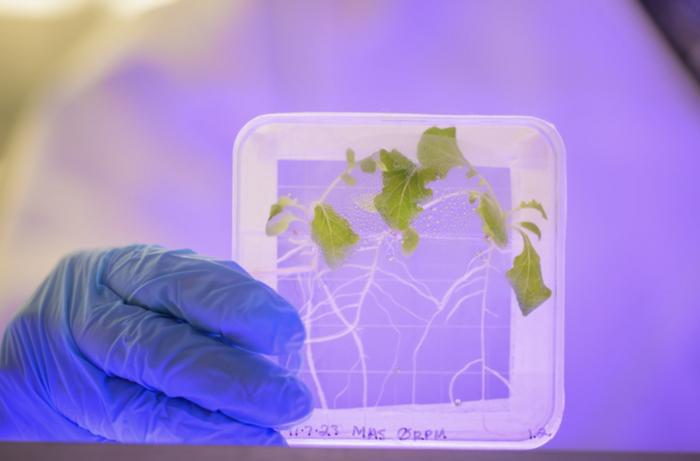With four electric motors each pumping out 240kW of power, BYD’s new Yangwang U7 is a powerful large sedan.




In this clip from our 2017 event titled ‘Evolution of the Mind, Consciousness and AI,’ the esteemed philosopher and cognitive scientist, Daniel Dennett is joined by a group of panellists to explore how much we understand about the human mind, and what the creation of artificial consciousness means for our future. Watch and let us know in the comments if you think Dennett’s theories still hold true in light of the rapid developments in AI since he joined us.
See the full session here: • Daniel Dennett on the Evolution of th…
Want to see more videos and virtual events?
✅ Subscribe to this channel and turn on notifications:
Intelligence Squared has established itself as the leading forum for live, agenda-setting debates, talks and discussions around the world. Our aim is to promote a global conversation that enables people to make informed decisions about the issues that matter, in the company of the world’s greatest minds and orators.
Follow Intelligence Squared on:
👉 Facebook page: / intelligence2
👉 Twitter page: / intelligence2
📌 Website: https://www.intelligencesquared.com/
#danieldennett #artificialintelligence #aidevelopment #humanity #consciousness #intelligencesquared #intelligencesquaredplus #iq2
Is an American philosopher, writer, and cognitive scientist whose research centers on the philosophy of mind, philosophy of science, and philosophy of biology, particularly as those fields relate to evolutionary biology and cognitive science.
Recorded, Nov 22, 2017.


Tumors constantly shed DNA from dying cells, which briefly circulates in the patient’s bloodstream before it is quickly broken down.
Caption :
A new way to recover significantly more circulating tumor DNA in a blood sample could improve the sensitivity of liquid biopsies used to detect, monitor, and guide treatment of tumors.

“We need to be prepared for and reduce risks in space for those living now on the International Space Station and for those who might live there in the future,” said Dr. Kali Kniel. “It is important to better understand how bacterial pathogens react to microgravity in order to develop appropriate mitigation strategies.”
As human spaceflight has advanced, so has the food that astronauts eat during their respective missions. This has evolved from dehydrated food during the Apollo missions to regular food that astronauts can get shipped from Earth. But an astronaut’s diet expanded thanks to a 2020 study published in Frontiers in Plant Science that evaluated space-grown lettuce in the International Space Station (ISS) with promising results. While that study exhibited “negative results” for human pathogens, a recent study published in Scientific Reports has demonstrated that human pathogens could infect space-grown lettuce, specifically leafy green vegetables, that could lead to food safety concerns during spaceflight from the microgravity conditions where the plants are grown.
For the study, the researchers simulated microgravity conditions by rotating plants at 2 rotations per minute (RPM), 4 RPM, and unrotated and with and without S. enterica Typhimurium, which is a known salmonella bacterium, and later with Bacillus subtilis strain UD1022. The team analyzed changes in how much each bacteria invaded the plant’s pores, which function as the primary mechanism during photosynthesis for discharging oxygen and taking in carbon dioxide.
The study, authored by five MIT researchers and titled Beyond AI Exposure, delves deep into the practicalities of replacing human labor with AI in the US, focusing on tasks that lend themselves to computer vision, such as those performed by teachers, property appraisers, and bakers.
Like many of us, you might find yourself nodding to a familiar digital doomsday chorus that vibrates through offices and coffee shops alike: AI will take my job!
Is this looming threat substantiated, or simply a manifestation of our shared anxiety in the wake of constant technological advancement? A new study from MIT CSAIL, MIT Sloan, The Productivity Institute, and IBM’s Institute for Business Value is set to challenge our long-held beliefs.
Their research critically examines the economic practicality of using AI for automating tasks in the workplace, with a specific emphasis on computer vision.